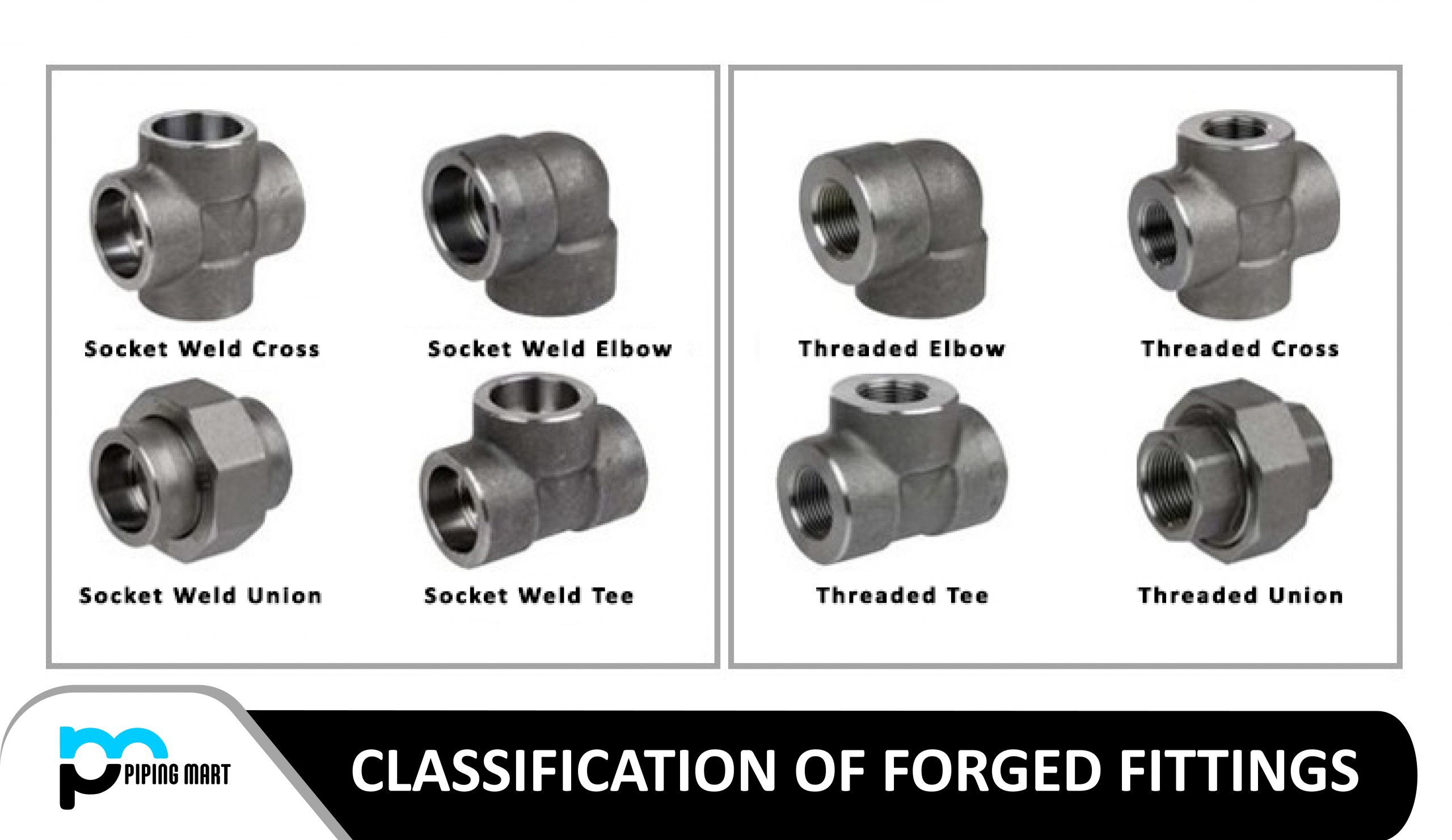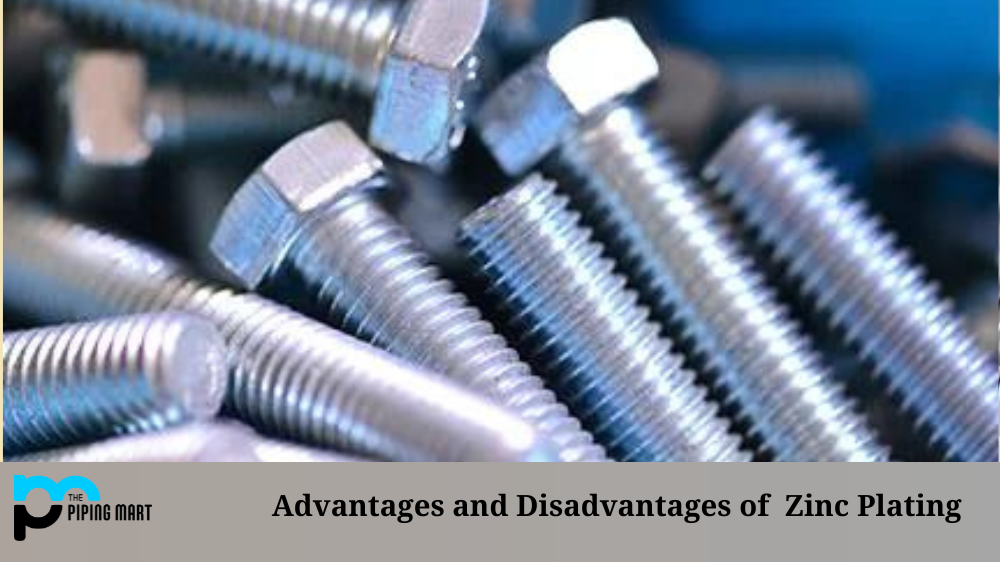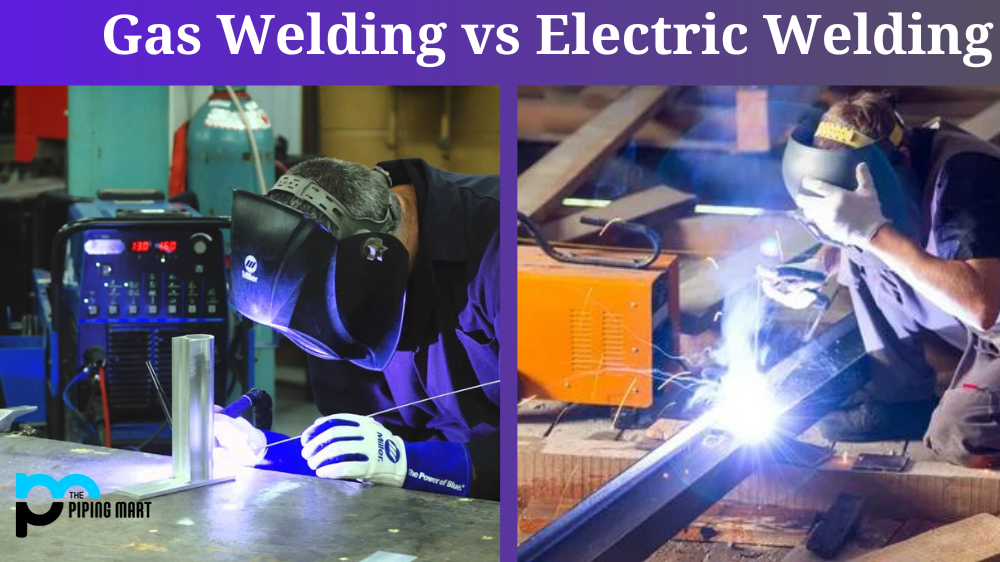Difference between Forged Fittings and Butt-weld Fittings
Forged fittings are used in pipe systems with diameters less than 2 or 4 inches (4′′ for 2000#/3000# fittings, 2′′ for 6000#/9000# fittings), whereas buttweld fittings are utilized in larger diameter pipe.
Socket weld fittings (which are welded to pipes by fillet welds) and threaded fittings are the two basic types of forged fittings (the pipe is screwed onto the fitting).
The ASME B16.11, MSS SP 75, MSS SP 83, and MSS SP 95 specifications cover forged fittings (socket weld and threaded) to fit ASME B36.10 and ASME B36.19 carbon steel, alloy steel, stainless steel, and high nickel alloy pipes of small bore size.
Forged fittings are made from solid blocks of steel that are machined to get the final form within the tolerances specified by the applicable specifications listed above. However, to create buttweld fittings, seamless or welded steel pipes need to be cut, bent, and shaped.
Forged Fittings Types
Socket weld and threaded fittings come in several types (elbows, tees, caps, adapters, couplings, and so on), sizes (bore sizes between 1/8 and 4 inches, and ratings of 2000#, 3000#, 6000#, and 9000#), and material grades (the most common are ASTM A105, ASTM A350 LF1/2/3/6 for low-temperature applications, and ASTM 182 for corrosive, high-temperature applications). The class of the fitting specifies the maximum permitted pressure that the device can sustain.
Class 3000 fittings are used for schedule 80/XS pipes, Class 6000 fittings for Sch. 160 pipes, and Class 9000 fittings for larger wall thickness pipes (XXS).
- Forged Elbow – Forged elbows are used to change the direction of the pipe system by 45 or 90 degrees. Forged elbows are made in a variety of material grades in accordance with ASME B16.11, with socket weld or threaded pipe fittings. The so-called “street elbow” is an important type.
- Forged Tee – Forged tees are used to branch a pipe at 90 degrees. Tees could be straight (equal) or reducing. Forged tees are available with either socket weld or threaded fittings (NPT or BSP). The MSS SP 75 and ASME B16.11 standards cover the dimensions of forged tees.
- Forged Lateral – Forged laterals are Y-shaped and are used to branch a pipe at a 30-degree angle (or different angles, according to the piping specifications).
- Forged Plug – For blinding pipes, forged plugs with round, square, or hex heads are used.
- Bushings – Hexagonal bushings are made in compliance with ASME B16.11 and are used to connect two threaded items of different sizes.
- Couplings – Couplings are forged fittings that are made in compliance with ASME B16.11 and are used to connect pipes. They come in half and full sizes, with socket weld or threaded connections (or a combination of the two for special piping applications).
- Reducers and Reducer Inserts – Reducers are classified into two types: 1 and 2. They are used to join pipes and to minimize bore size.
- Union – Unions come in types such as male to female, female to female, lug nut, and Rockwood designs. Unions comply with the MSS SP 83 standard.

Pipingmart is B2B portal specializes in industrial, metal and piping products. Also, share latest information and news related to products, materials and different types grades to help business dealing in this industry.




